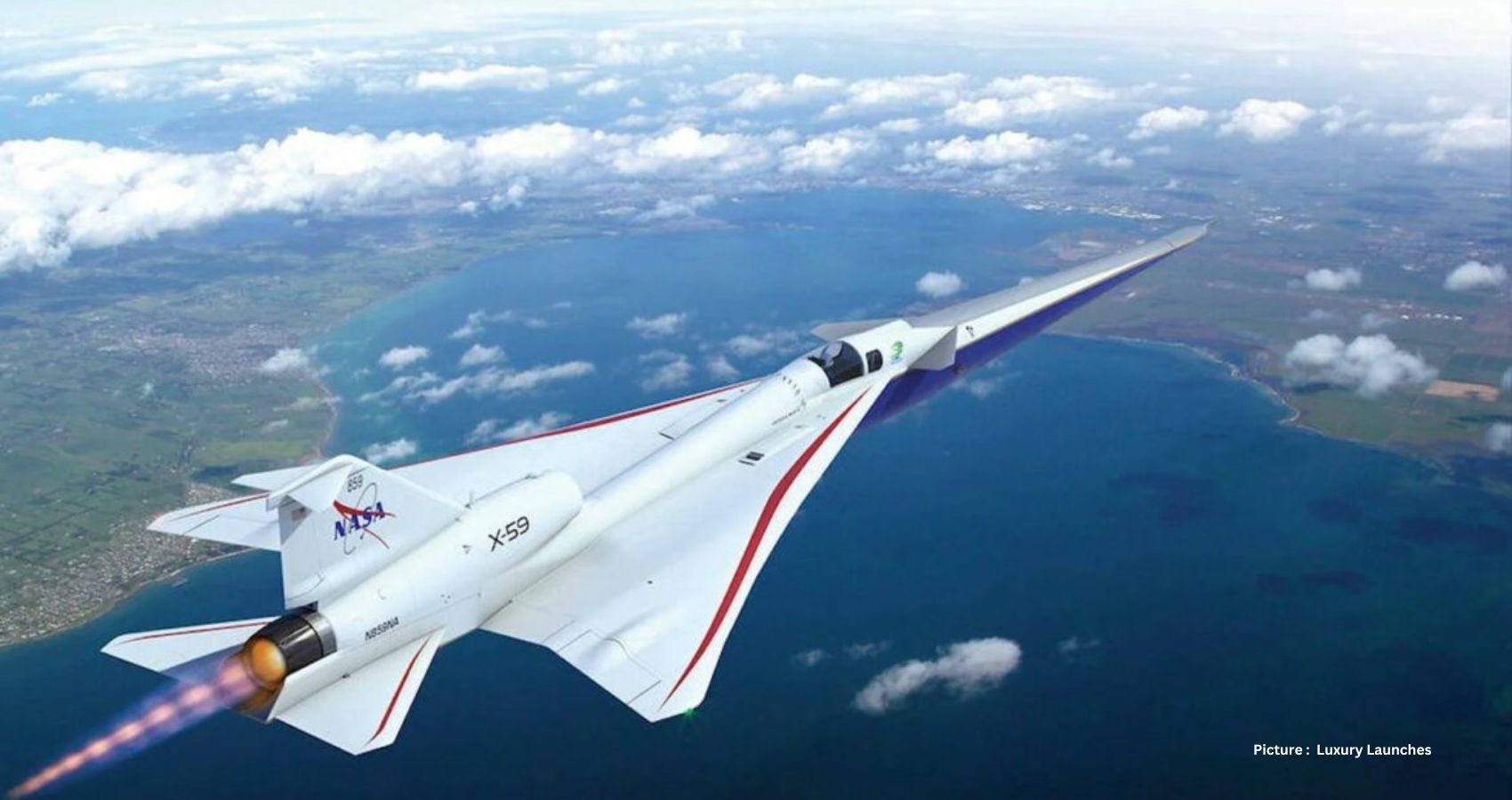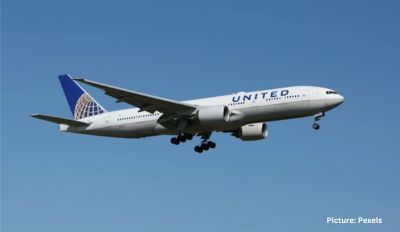In a groundbreaking development poised to revolutionize civilian air travel, NASA and Lockheed Martin have unveiled the X-59, an ultra-sleek aircraft designed to reintroduce supersonic flight for civilians. The unique experimental aircraft, resembling a stretched-out arrowhead, was presented to the public in a joint ceremony held in Palmdale, California. Developed by Lockheed Martin Skunk Works and funded by NASA since 2018, the X-59 marks a remarkable transition from concept to reality in just a few years.
Pam Melroy, NASA deputy administrator, expressed the significance of this achievement in a press release, stating, “In just a few short years we’ve gone from an ambitious concept to reality. NASA’s X-59 will help change the way we travel, bringing us closer together in much less time.”
Measuring 30.4 meters in length and just under 9 meters in width, the X-59 is hailed as a “quiet supersonic” aircraft. It is designed to attain speeds 1.4 times the speed of sound, approximately 925 mph, all while avoiding the disruptive explosive sonic boom typically associated with supersonic flight. The unique shape of the aircraft plays a crucial role in achieving this feat, featuring a thin, tapered nose that constitutes nearly one-third of its total length. This design helps disperse the shock waves responsible for sonic booms, with engineers confident that the resulting sound will be reduced to a mere “sonic thump” devoid of destructive effects.
An additional distinctive feature of the X-59 is the placement of its cockpit, situated near the center of the aircraft. Unlike traditional supersonic jets, this one lacks forward-facing windows. Instead, it incorporates a high-resolution camera system and an internal screen, enabling pilots to navigate the aircraft. Pam Melroy highlighted the innovation, stating, “[With the] huge challenge [of] limited visibility in the cockpit, the team developed the external vision system, which really is a marvel of high-resolution cameras feeding an ultra-high-resolution monitor.”
The reintroduction of supersonic civilian air travel in the United States faces a historical challenge, as commercial supersonic flights over land have been prohibited for over five decades. Bob Pearce from NASA emphasized the goal of demonstrating the possibility of quiet commercial supersonic travel over land. He said, “By demonstrating the possibility of quiet commercial supersonic travel over land, we seek to open new commercial markets for U.S. companies and benefit travelers around the world.”
The X-59 is anticipated to make its inaugural flight later this year, followed by its first quiet supersonic flight. After completing test flights, NASA plans to fly the X-59 over various cities across the United States to gather public feedback on the noise it generates. According to Pearce, the agency will then analyze the collected data to assess the acceptability of the resulting sonic thump. Subsequently, the information will be submitted to both U.S. and international regulatory authorities with the hope of lifting the longstanding ban on commercial supersonic travel over land.
In the words of Pearce, “The X-59 is an experimental aircraft that might help shape the future of civilian air travel and also military jets.” The successful implementation of this project holds the potential to not only transform civilian air travel but also influence advancements in military aviation.











